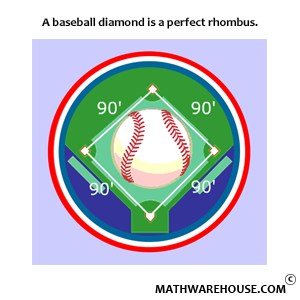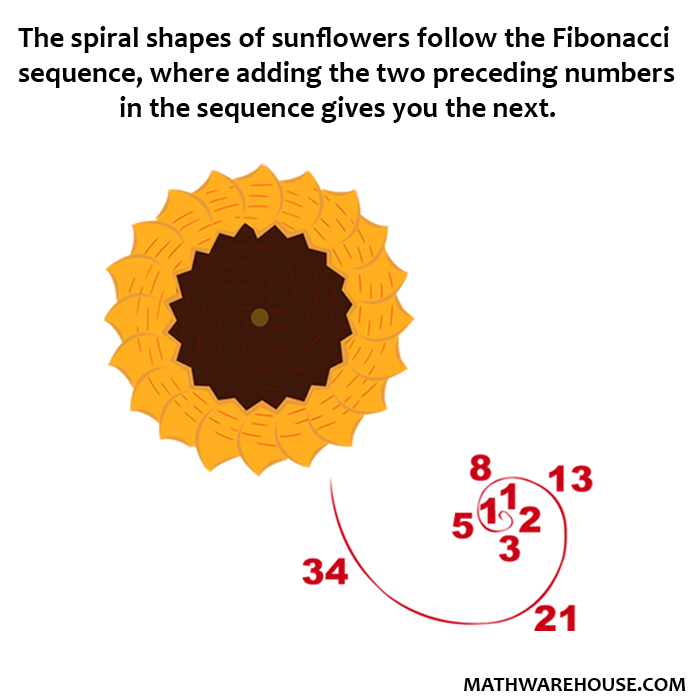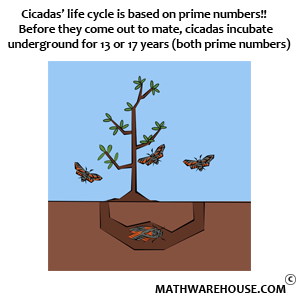Quick Overview
- Uses the properties of logarithms and implicit differentiation.
- Allows us to differentiate functions of the form $$y = f(x)^{g(x)}$$.
- Can help with finding derivatives of complicated products and quotients.
Derivatives of $$y = f(x)^{g(x)}$$
Example 1
Find the derivative of $$y = x^x$$.
Step 1Apply the logarithm to both sides of the equation.
$$ \ln y = \ln x^x $$
Step 2Use the properties of logarithms on the right-hand side of the equation.
$$ \ln y = x\ln x $$
Step 3Differentiate both sides of the equation and solve for $$\frac{dy}{dx}$$.
Notice that the left-hand side needs implicit differentiation, and the right-hand side needs the product rule.
$$ \begin{align*}% \frac 1 y\cdot\frac{dy}{dx} & = (1)\ln x + x \cdot \frac 1 x\\[6pt] \frac 1 y\cdot\frac{dy}{dx} & = \ln x + 1\\[6pt] \frac{dy}{dx} & = y\left(\ln x + 1\right) \end{align*} $$
Step 4Since $$y = x^x$$, we replace $$y$$ in the derivative.
$$ \begin{align*} \frac{dy}{dx} & = y\left(\ln x + 1\right)\\[6pt] & = x^x\left(\ln x + 1\right) \end{align*} $$
Answer$$\displaystyle \frac{dy}{dx} = x^x\left(\ln x + 1\right)$$
Differentiating Complicated Functions
Example 2
Use logarithmic differentiation to find $$\frac{dy}{dx}$$ for the function below.
$$ y = \frac{x^2}{\sqrt{4x+1}}$$
Step 1Apply the logarithm to the equation.
$$ \ln y = \ln\left(\frac{x^2}{\sqrt{4x+1}}\right) $$
Step 2Use the properties of logarithms to expand the right-hand side of the equation.
$$ \begin{align*}% \ln y & = \ln\left(\frac{x^2}{\sqrt{4x+1}}\right)\\[6pt] & = \ln x^2 - \ln (4x+1)^{1/2}\\[6pt] & = 2\ln x - \frac 1 2 \ln (4x+1) \end{align*} $$
Step 3Differentiate and solve for $$\frac{dy}{dx}$$. Note that the left-hand side requires implicit differentiation.
$$ \begin{align*} \frac 1 y \cdot \frac{dy}{dx} & = 2\cdot \frac 1 x - \frac 1 2\cdot \frac 1 {4x+1}\cdot 4\\[6pt] \frac 1 y \cdot \frac{dy}{dx} & = \frac 2 x - \frac 2 {4x+1}\\[6pt] \frac{dy}{dx} & = y\left(\frac 2 x - \frac 2 {4x+1}\right) \end{align*} $$
Step 4Replace $$y$$.
$$ \begin{align*} \frac{dy}{dx} & = y\left(\frac 2 x - \frac 2 {4x+1}\right)\\[6pt] & = \frac{x^2}{\sqrt{4x+1}}\left(\frac 2 x - \frac 2 {4x+1}\right) \end{align*} $$
Answer$$\displaystyle \frac{dy}{dx} = \frac{x^2}{\sqrt{4x+1}}\left(\frac 2 x - \frac 2 {4x+1}\right)$$


















